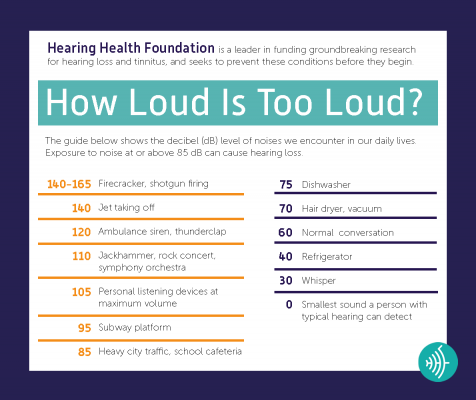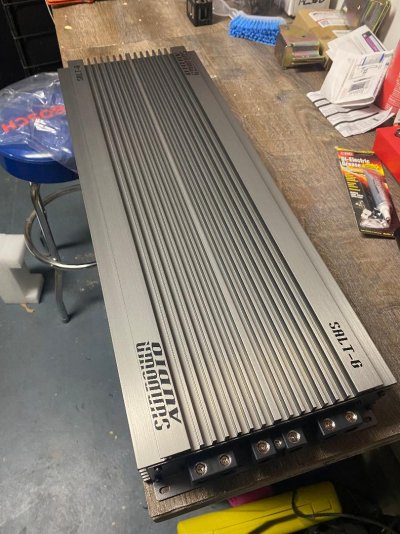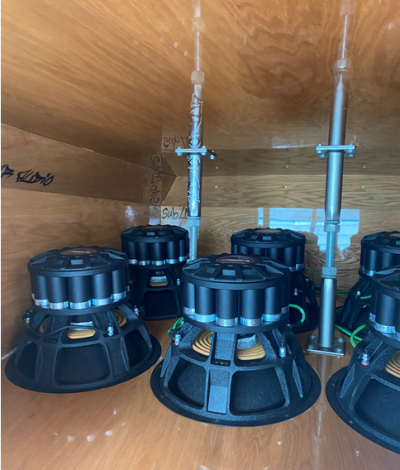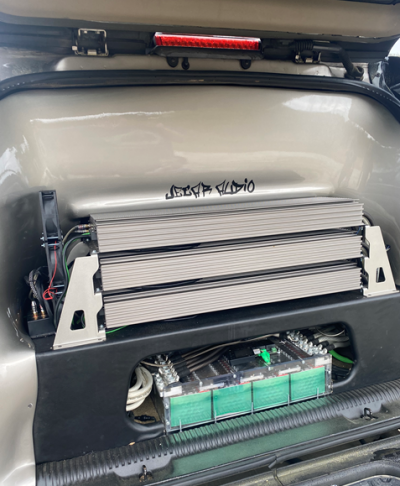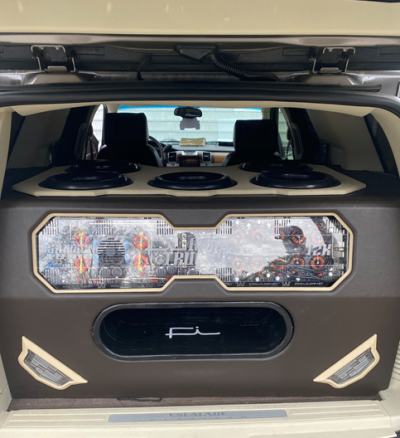KAH 24
Full Access Member
Regarding panoramic roof issues:
1. Regardless of manufacturer, they are complex, heavy, and require periodic maintenance. With more moving parts they can fail more often than smaller—and simpler sunroof/moonroofs. Can’t compare the two platforms.
2. On forums such as FRF, we primarily hear of problems (NOT dismissing the frustration by those who experience the issue). The problem is—we don’t know the percentage failure rate. We need that to determine if there is a legitimate design issue that needs addressing—using an incremental approach. In operations, our OEM warranty department processes a number of claims for panoramic roofs, but at least I know to the number—what the rate is per total number for a specific model, year, production cycle, vendor part, etc.
3. Ford manufacturers many fold more panoramic roofs than my OEM—staggeringly so. Given the popularity of the F-series trucks, not to mention the Expedition/Navigator—Ford’s volume likely dwarfs that of most OEMs in this specific category. Unfortunately this volume means we may hear about it more frequently online. Again—impossible for us to speculate if there is a problem—while NOT dismissive of those who have one. Note: This does mean that if 200 roofs by my OEM fail—we have a higher percentage failure rate—which could lead to addressing the issue past a defined threshold.
In summary, I/we can only control the following:
1. Periodic maintenance per OEM specs. Peace of mind in knowing I’m doing my level best.
2. Use of said feature: Periodic use of a mechanism isn’t going to cause, nor prevent a problem if a flaw exists. Using the feature will hopefully allow the flaw to occur while under warranty. My wife and I’ve owned several convertibles and dropped the roofs daily (weather permitting)—because we liked the fresh air. Note: I’ve experienced problems with convertible tops by various OEMs—which were identified due to our frequent use. Pain in the ass—yes, but less of a pain than not enjoying the top down.
3. Buying a vehicle with a mechanically complex roof. If I wanted to eliminate risk—I’d only buy hardtop vehicles (no convertibles, sunroof/moonroof, panoramic roof, or even solid glass roofs). I’m not willing to give up the pleasure of driving top down/roof open as my family lives in a warm climate. If I lived in the Northeast, Midwest, etc—I’d likely lean toward a metal roof.
In humor—while in “college” I owned a used 1986 VW GTI with hand crank windows, hand crank sunroof, and manual everything. Those simple items didn’t break, but I had plenty of other stuff go wrong (including head gaskets, throttle cables, cooling system, and rust). Our modern vehicles are far more complex—platforms, mechanical hardware, software, etc—but I prefer the headaches while enjoying the cool stuff.
Sorry for those who have issues and unfortunately if you do—hope they occur under warranty!
————-
EDIT: I do not work for Ford. I respect the forum and benefit from the professionals who share non proprietary insights—regarding the care/feeding of my Raptor. In return, I choose to share non-proprietary insights from an operations, mechanical engineering, and fellow automotive enthusiast standpoint.
1. Regardless of manufacturer, they are complex, heavy, and require periodic maintenance. With more moving parts they can fail more often than smaller—and simpler sunroof/moonroofs. Can’t compare the two platforms.
2. On forums such as FRF, we primarily hear of problems (NOT dismissing the frustration by those who experience the issue). The problem is—we don’t know the percentage failure rate. We need that to determine if there is a legitimate design issue that needs addressing—using an incremental approach. In operations, our OEM warranty department processes a number of claims for panoramic roofs, but at least I know to the number—what the rate is per total number for a specific model, year, production cycle, vendor part, etc.
3. Ford manufacturers many fold more panoramic roofs than my OEM—staggeringly so. Given the popularity of the F-series trucks, not to mention the Expedition/Navigator—Ford’s volume likely dwarfs that of most OEMs in this specific category. Unfortunately this volume means we may hear about it more frequently online. Again—impossible for us to speculate if there is a problem—while NOT dismissive of those who have one. Note: This does mean that if 200 roofs by my OEM fail—we have a higher percentage failure rate—which could lead to addressing the issue past a defined threshold.
In summary, I/we can only control the following:
1. Periodic maintenance per OEM specs. Peace of mind in knowing I’m doing my level best.
2. Use of said feature: Periodic use of a mechanism isn’t going to cause, nor prevent a problem if a flaw exists. Using the feature will hopefully allow the flaw to occur while under warranty. My wife and I’ve owned several convertibles and dropped the roofs daily (weather permitting)—because we liked the fresh air. Note: I’ve experienced problems with convertible tops by various OEMs—which were identified due to our frequent use. Pain in the ass—yes, but less of a pain than not enjoying the top down.
3. Buying a vehicle with a mechanically complex roof. If I wanted to eliminate risk—I’d only buy hardtop vehicles (no convertibles, sunroof/moonroof, panoramic roof, or even solid glass roofs). I’m not willing to give up the pleasure of driving top down/roof open as my family lives in a warm climate. If I lived in the Northeast, Midwest, etc—I’d likely lean toward a metal roof.
In humor—while in “college” I owned a used 1986 VW GTI with hand crank windows, hand crank sunroof, and manual everything. Those simple items didn’t break, but I had plenty of other stuff go wrong (including head gaskets, throttle cables, cooling system, and rust). Our modern vehicles are far more complex—platforms, mechanical hardware, software, etc—but I prefer the headaches while enjoying the cool stuff.
Sorry for those who have issues and unfortunately if you do—hope they occur under warranty!
————-
EDIT: I do not work for Ford. I respect the forum and benefit from the professionals who share non proprietary insights—regarding the care/feeding of my Raptor. In return, I choose to share non-proprietary insights from an operations, mechanical engineering, and fellow automotive enthusiast standpoint.
Last edited:


